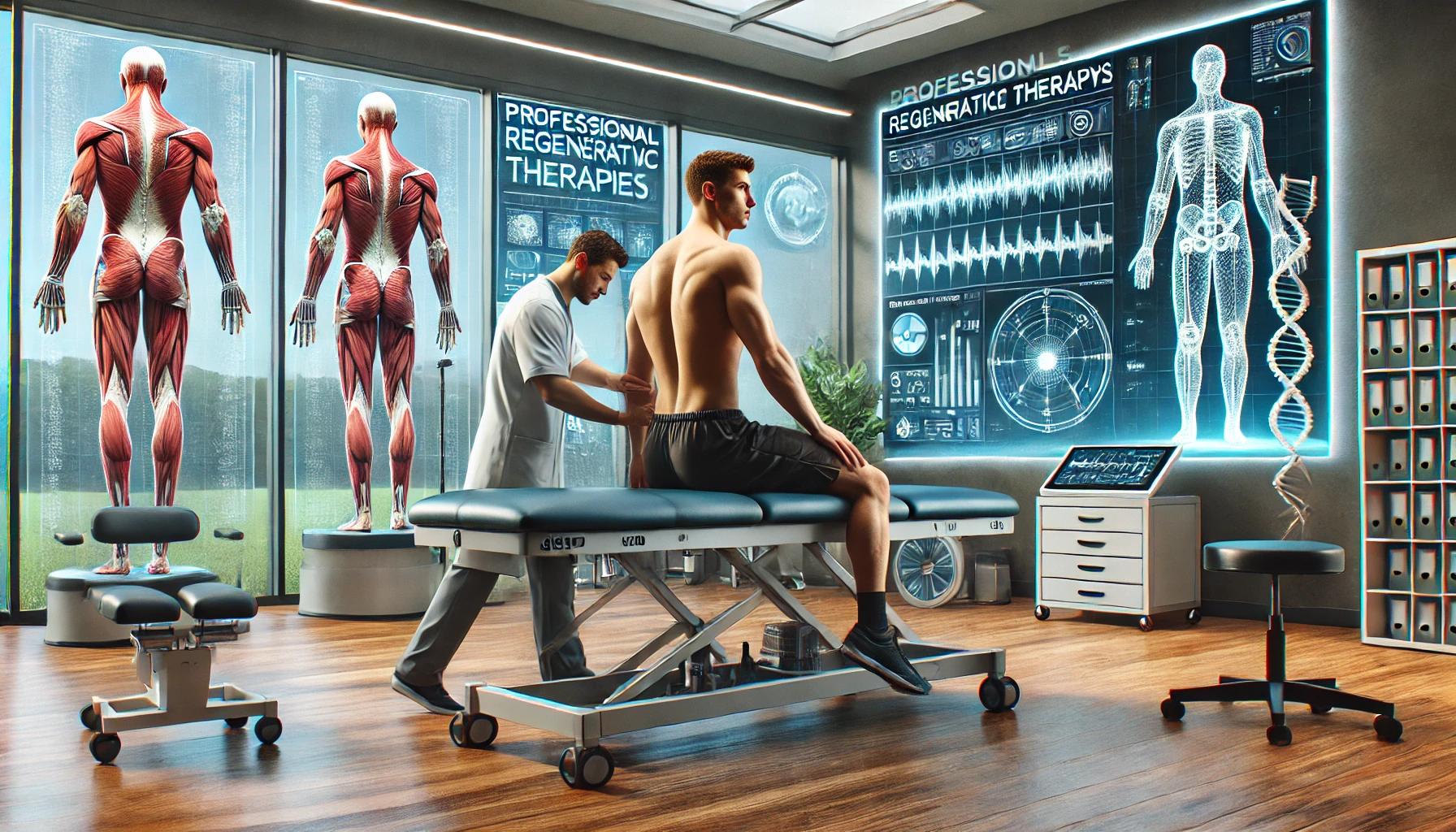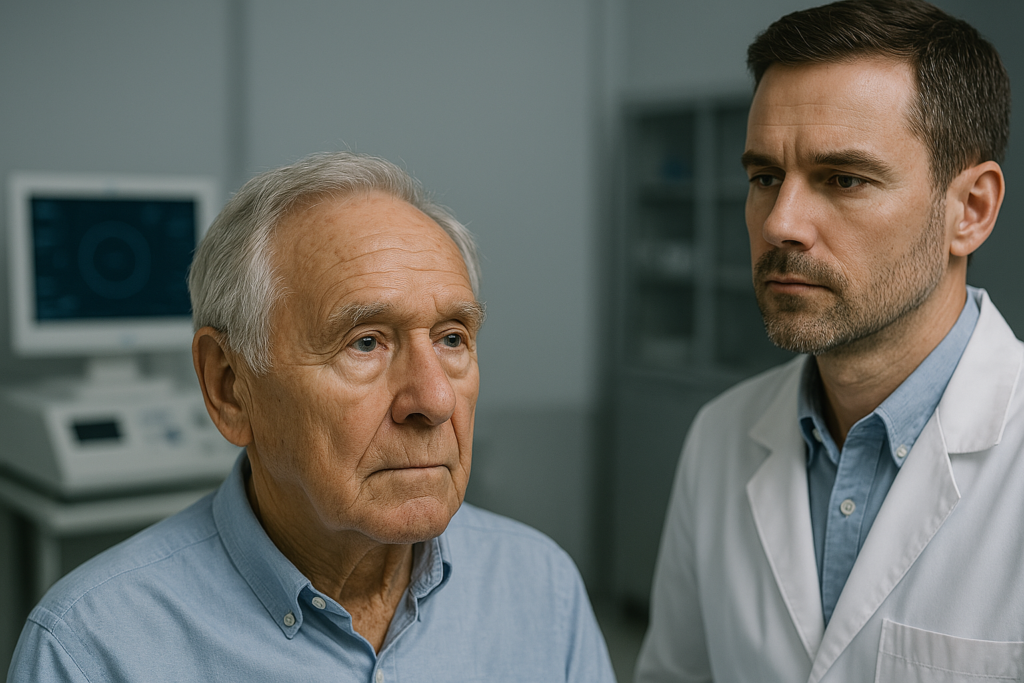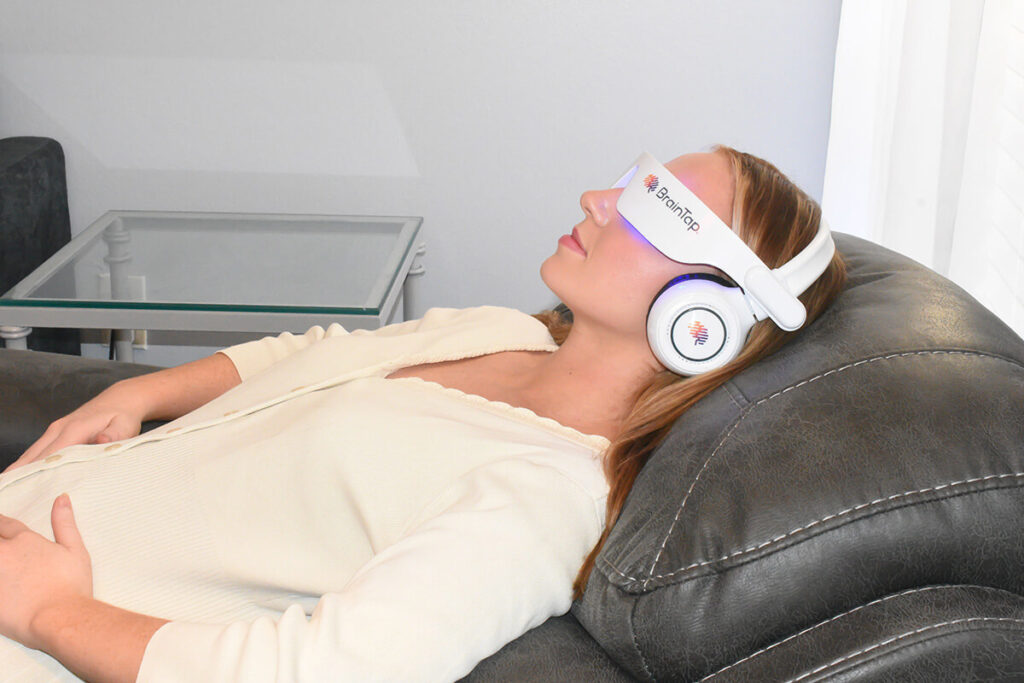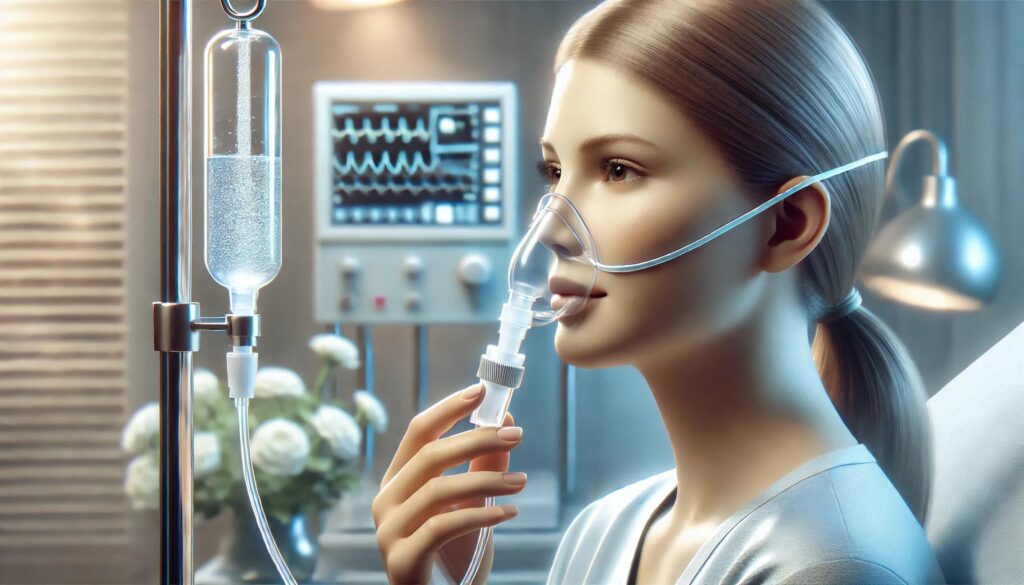Regenerative therapies are advanced treatments designed to repair and regenerate damaged tissues in the body. These therapies, including the use of stem cells, have proven to be an innovative solution for accelerating sports injury recovery, improving patients’ quality of life, and minimizing downtime.
Benefits of Regenerative Therapies for Athletes
The use of regenerative therapies in athletes offers numerous benefits beyond basic recovery. Key advantages include:
- Tissue regeneration: Stem cells have the unique ability to transform into different tissue types, aiding in the repair of damaged muscles, ligaments, and cartilage.
- Faster recovery: These therapies significantly reduce recovery times, enabling athletes to return to their activities sooner.
- Reduced need for surgical interventions: In many cases, regenerative therapies can avoid invasive surgical procedures, offering a less risky and more efficient alternative.
Scientific Advances in Regenerative Therapies
In recent years, research on regenerative therapies has made significant progress. Recent studies have shown success in treating sports injuries, such as:
- Anterior cruciate ligament (ACL) injuries: Athletes treated with stem cells have demonstrated quicker recovery with fewer complications.
- Severe muscle tears: The use of stem cells has enabled complete muscle tissue regeneration in less time than expected.
Success Stories in the Use of Regenerative Therapies
One notable example is a professional soccer player who, after suffering a severe Achilles tendon injury, used regenerative therapies to reduce recovery time by 40%, allowing them to return to competition earlier than expected.
Another relevant case involves a marathon runner who overcame cartilage damage in their knee through stem cell therapies, even improving their performance post-injury.
Regenerative therapies represent a groundbreaking approach to sports injury recovery. With their ability to regenerate tissues and accelerate healing, they have become an essential tool for athletes aiming to maintain peak performance.
The Role of hVSEL Stem Cells in Sports Injury Recovery
Among the most advanced innovations in regenerative therapies are hVSEL (Human Very Small Embryonic-Like) stem cells. These cells are highly versatile and have shown remarkable potential in sports injury recovery due to their unique ability to promote healing at the cellular level. hVSEL stem cells are naturally present in the body, but when activated and harnessed through cutting-edge techniques, they provide an unparalleled capacity to regenerate damaged tissues.
What Makes hVSEL Stem Cells Unique?
hVSEL stem cells are distinguished by their embryonic-like properties, which enable them to differentiate into various types of tissue, including muscle, cartilage, and ligaments. Unlike other stem cells, hVSEL cells exhibit high levels of resilience, allowing them to remain viable even under stress. This makes them an ideal candidate for treating injuries that require intensive tissue regeneration, such as torn ligaments or chronic joint damage.
Applications of hVSEL Stem Cells in Sports Medicine
Incorporating hVSEL stem cells into sports injury treatment plans has demonstrated promising results. Athletes recovering from severe injuries, including cartilage degradation and tendon tears, have experienced faster healing, reduced inflammation, and improved overall recovery outcomes. Additionally, the natural origin of hVSEL cells minimizes the risk of rejection or adverse reactions, ensuring a safer and more efficient treatment option for professional and recreational athletes alike.
hVSEL stem cells are paving the way for a new era in sports medicine, combining precision and innovation to redefine recovery processes. Their potential to transform the landscape of regenerative therapies ensures that athletes can recover stronger, faster, and with fewer setbacks.
Are you ready to discover how regenerative therapies can transform your recovery and elevate your performance to the next level? Contact us now to find out how we can help you.






